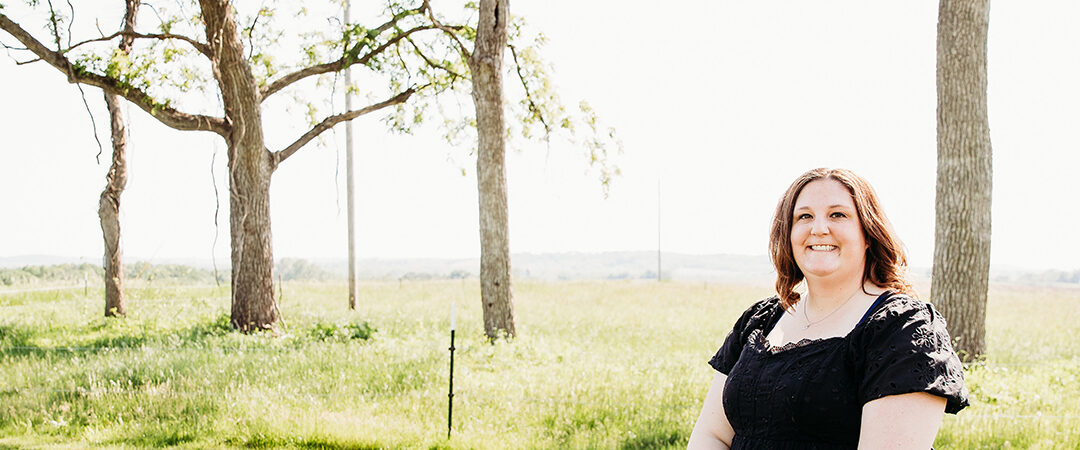On Thursday, March 16, I attended the Teaching and Learning Technology Conference at Missouri Science & Technology in Rolla, Missouri. The morning started off with the keynote: “Open for Good: How Open Education Can Grow Innovation and Change Lives” by Jared Stein from Canvas by Instructure. In his presentation, he talked about ‘thinning the walls’ of the classroom. When technology is done right, it opens up learning. When we break down physical barriers, especially on field trips and experiences outside of the classroom, we allow students to organize thoughts in their physical space.
Stein focused on the three areas of openness – technology, content, and education – and highlighted examples that schools are utilizing each. By using open technology, we enable DIY innovation. An example he provided was how one instructor uses Yellow Dig, an app that allows students to collect websites. Yellow Dig is one of 240+ EduApps of Canvas, or apps with an open standard that can be plugged right into Canvas. He emphasizes that innovation happens through “small wins” such as this, and openness allows instructors to accomplish these small wins.
Open content, the second of the three areas, enables educators to grow and spread innovation. Instructors can use OER (open educational resources). Stein talked about the Public Course Index, which allows instructors to share courses with others, and talked about the phenomenon of the “mixably open online course” (using and remixing open content). MOOCS (massive open online courses) can be built using the Canvas platform, as well, through Canvas Networks. And finally, Canvas Commons serves as a learning object repository, allowing instructors to share content. Open content focuses on the five “R’s”: Reuse, Retain, Revise, Remix, and Redistribute.
Finally, open education allows instructors to extend their impact. By creating “renewable assignments” that connect to the world outside of the classroom, instructors can continue the learning beyond the class/semester.
The rest of the day consisted of smaller break-out sessions. The first I attended was a stacked session with two mini-sessions, the first titled “Do Educational Taxonomies Lead to Excellence in Teaching?” This presentation highlighted the taxonomies used in education (Bloom’s, Structure of Observed Learning Outcomes (SOLO)) and how typical lectures only cater to the bottom levels of these taxonomies. The presenter then focused on ways we can achieve the higher levels, such as active learning and accommodating visual learners through the use of pictures, diagrams, and sketches. The second stacked session was titled “How to Preserve Classroom-Created Information: An Innovative Approach,” which talked about technologies that the instructor uses to preserve information in the classroom setting. My favorite piece of information from this session was the tool “Kahoot,” which is a free game-based learning platform. Students are presented and can answer a series of multiple choice questions throughout a lecture to simulate a game.
The next session was titled “Cause We are Living in a Digital World and I’m a Digital Girl.” This session emphasized the importance of promoting digital citizenship among parents, students and staff. We looked at resources including Common Sense, InCtrl, and Digizen. I hope to utilize these resources when I teach University Seminar in the future, as digital citizenship was a struggle I experienced in the past when teaching freshmen.
The final session I attended was called “The ‘Small Class Feel’ and Increasing Enrollment: Using Blended Classroom Techniques to Maximize Efficacy.” Blended learning is of increasing interest to the university, and we will soon undergo an initiative to blend many of our ‘Digital World’ courses, so I wanted to see how one instructor has done it in her English class. Her method focused on maximizing individualized attention and group cohesion using instructional technology, class meetings, and office hours, with the goal of connecting with students frequently through meaningful contact.


